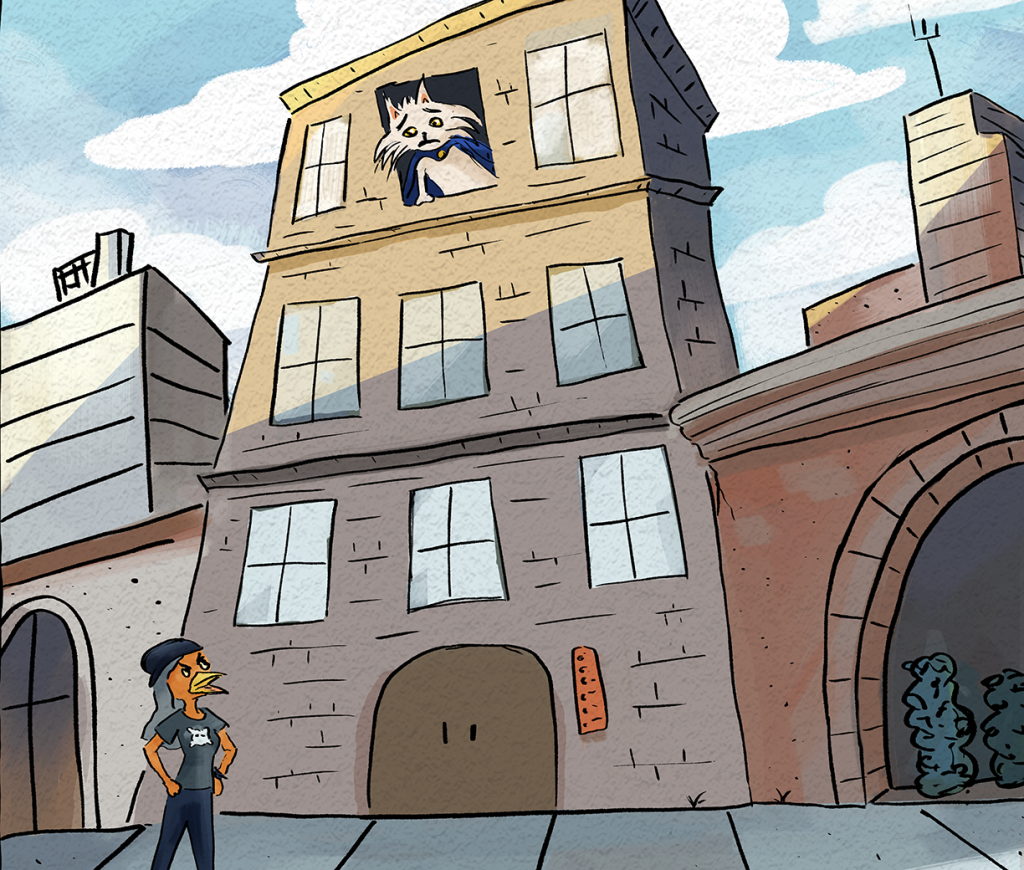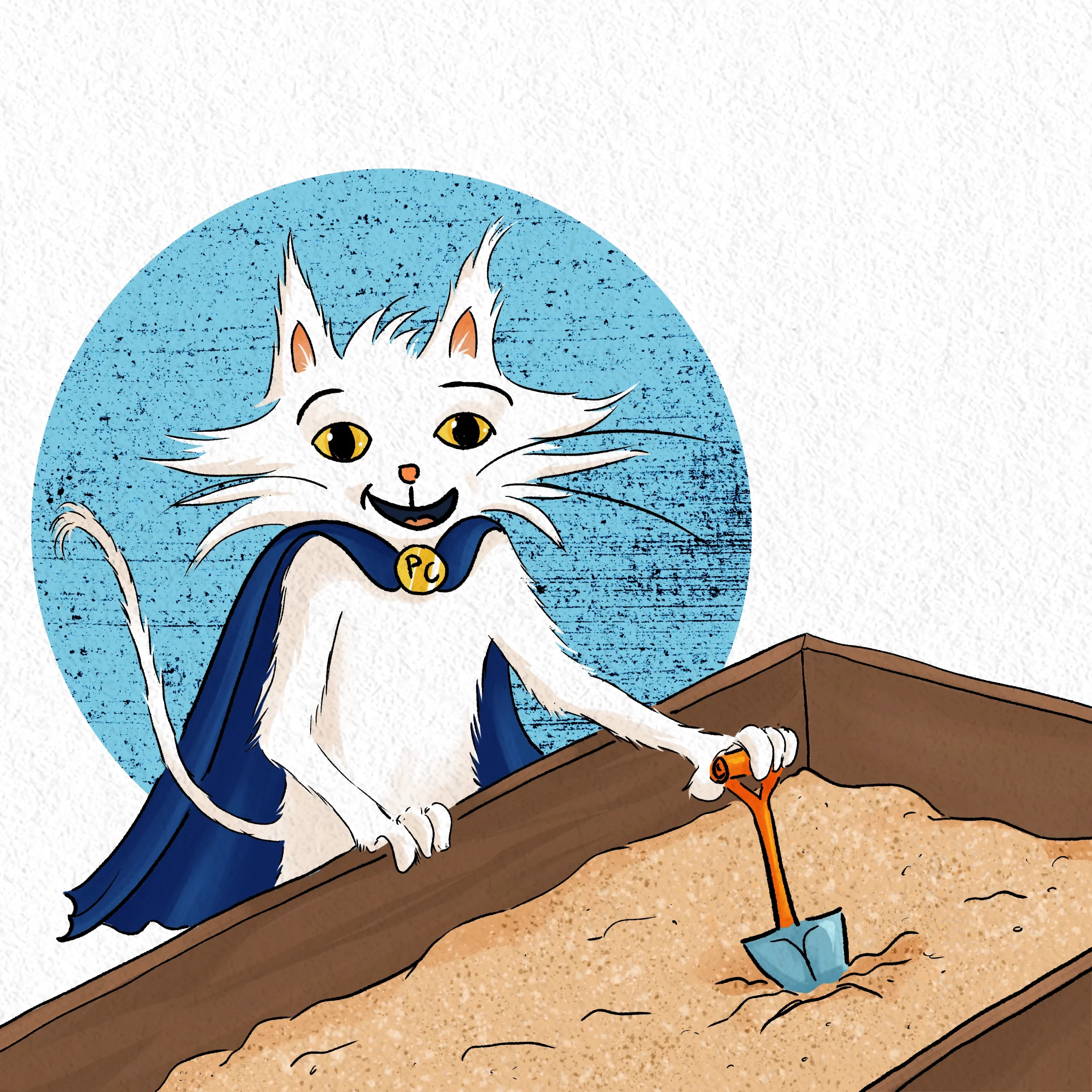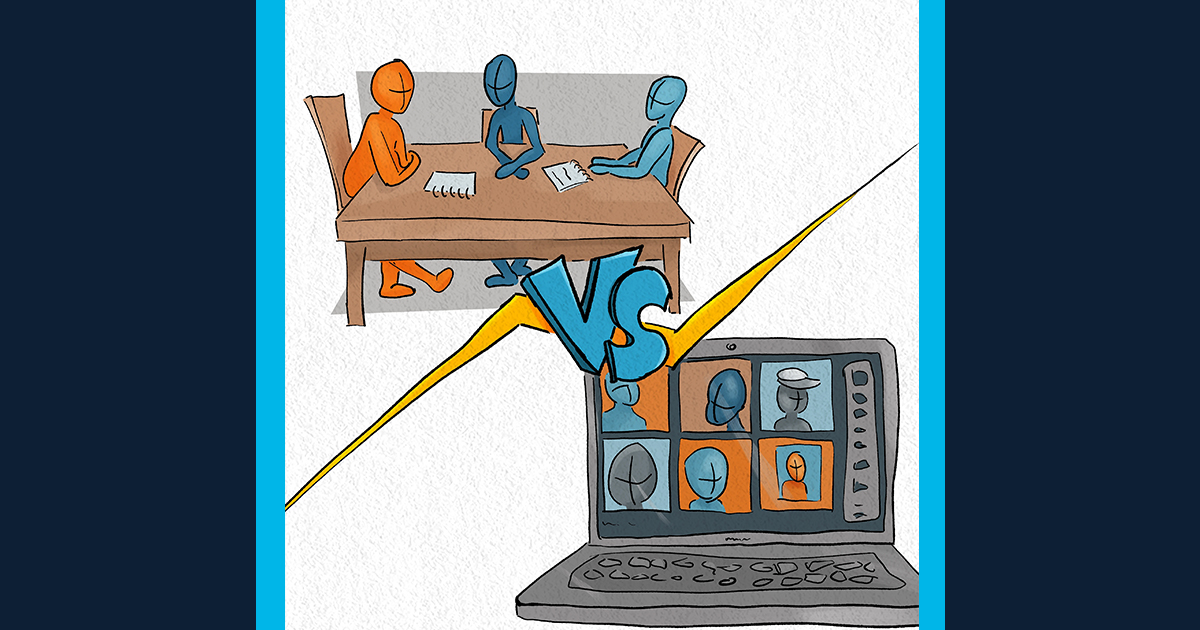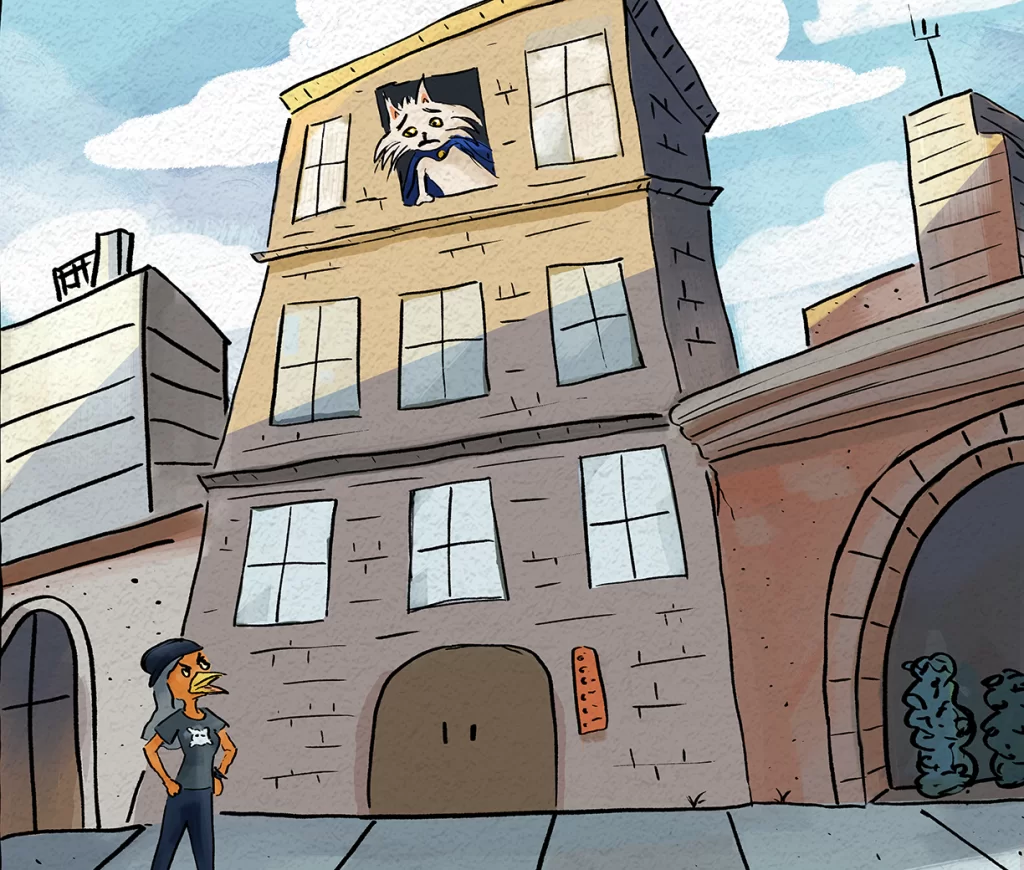
You know that experiments are important for making good decisions in your Maker business.
You know that experiments need to test one factor at a time in order to give you useful information.
You know that you need to use a large enough sample size and only think of a large difference between the two conditions is important, because of statistics and probability.
But did you know that one of those 3 statements is totally wrong???
Yes, it’s true.
Process Cat left out some important information on experimental design when he first explained it to Rhonda. He thought he was doing her a favor by simplifying things, but she did her own research and found out that actually statement #2 wasn’t totally correct! So she stormed over to his apartment to demand answers.
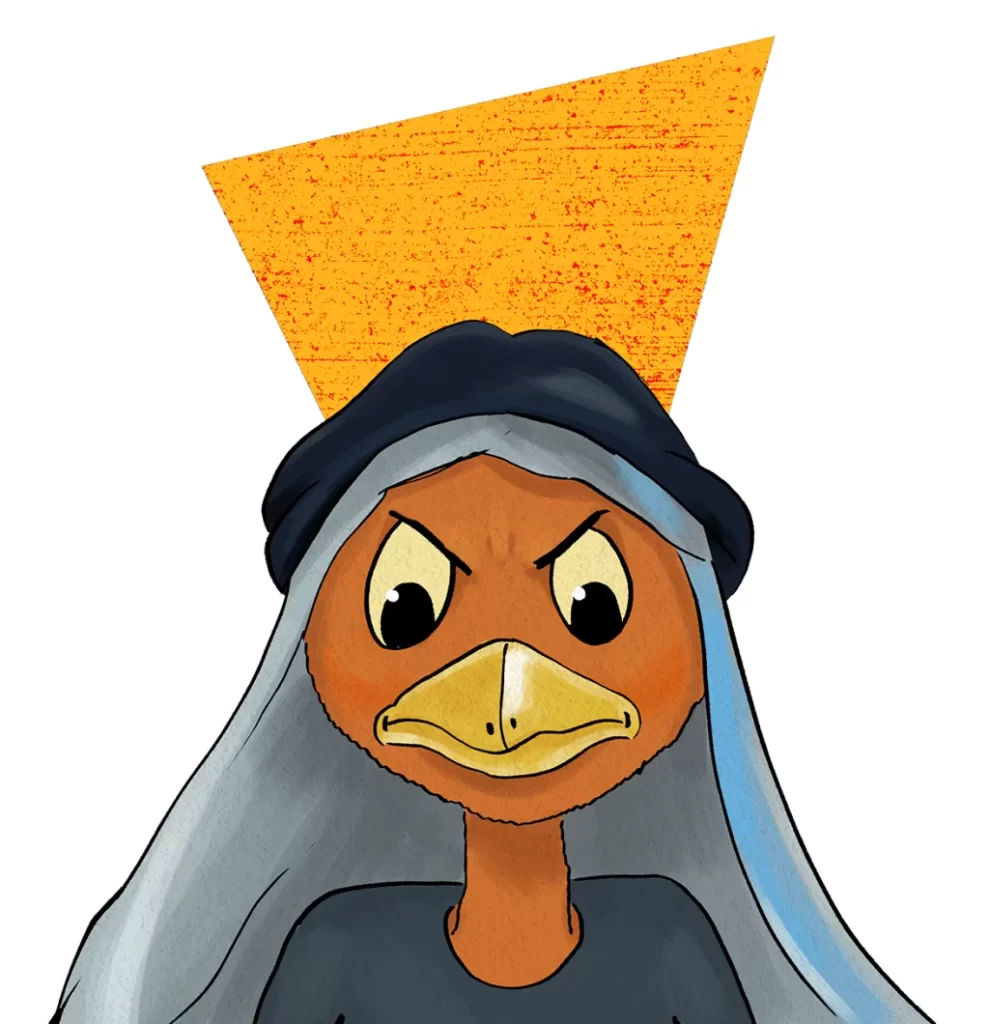
See, Rhonda had found out about…
Multifactor Experiments
Multifactor experiments test, well, more than one factor at a time. If you recall from the last few articles, Rhonda was making a gnome-shaped beer mug out of wood.

Rhonda wanted to test which factors affected the final product:
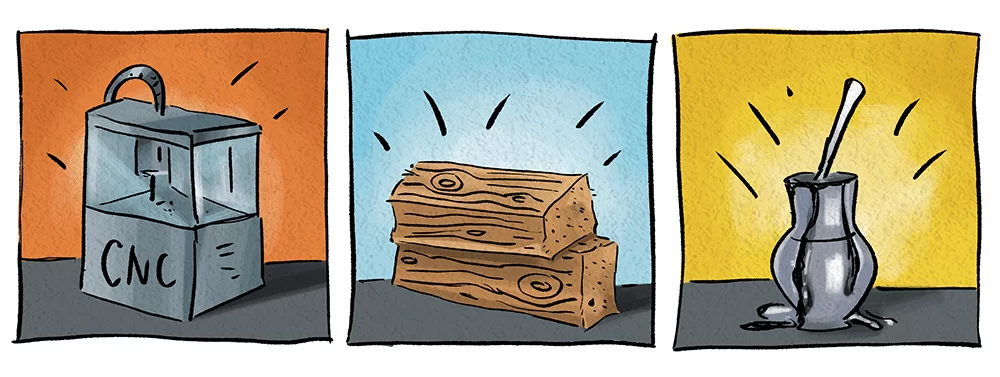
Process Cat told her to test one at a time, not all at once. And that’s usually correct, but there can also be interaction effects.
Multifactor What?
Interaction effects mean that sometimes two factors don’t operate totally independently! For example, what if Varnish A works well with Wood Type 1, but Varnish B works better for Wood Type 2????
Now if you’re smart (which we know you are because you’re a PCat reader 😉 ) you’ll be saying, “Of course one type of varnish might work with one type of wood and another varnish with another. That’s one of the very reasons they sell different types of varnishes!!!!”
And you’d be right.
Now, with a product like wood varnish, it will usually be wise to just follow the manufacturer’s directions. If a varnish says it’s meant for pine, for example, just use that varnish for pine. No point in reinventing the wheel.
But when you’re making something new, there will be times when you won’t know which factors might have interaction effects.
Process Cat had skipped over this point in explaining experimental design to Rhonda, because he figured she was using existing products in ways that this would mostly not come up. But now he felt a little sorry for insulting his friend’s intelligence, and he was worried because he also hadn’t told her about…
Proof-of-Concept Experiments!
Yes, there is yet another type of experiment that you may want to do in your business.
Process Cat figured that breaking out Rhonda’s favorite beverage might be a nice way to soften the blow that he had omitted one more thing from his explanation of the multifactor experiments in experimental design.
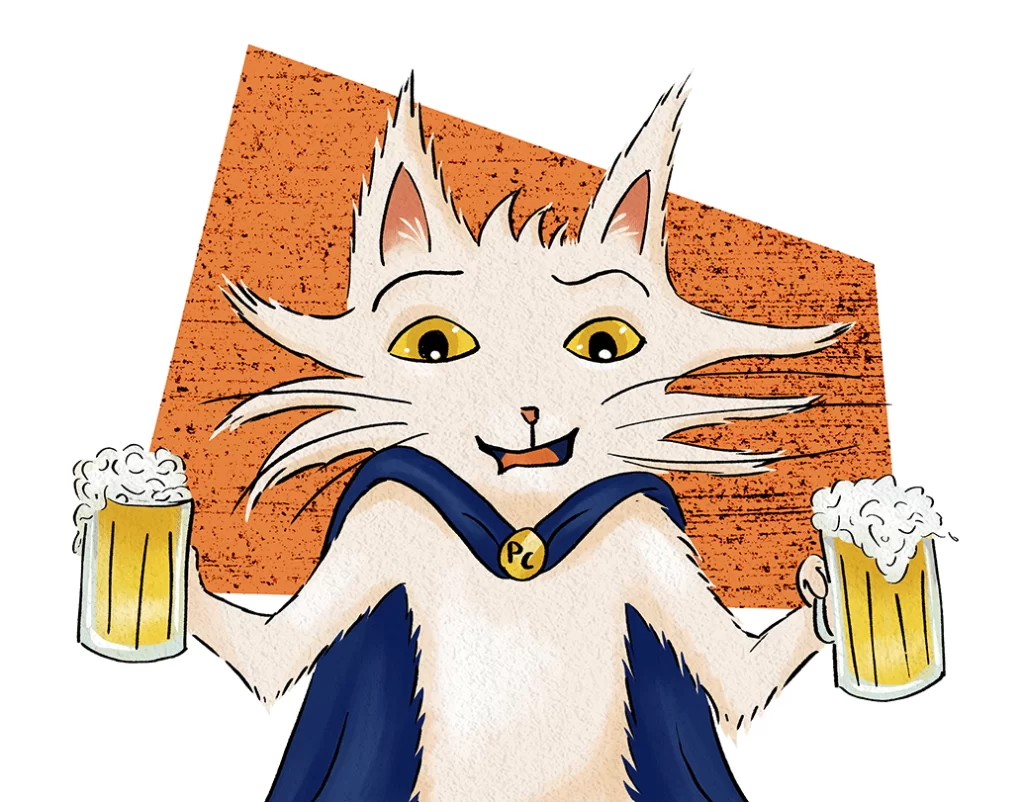
Rhonda’s not one to hold a grudge (especially when there’s beer on the table!), so she happily agreed. Come back next time and we’ll eavesdrop on their conversation to learn about Proof-of-Concept experiments 🙂
Weekly Challenge:
Think about an area in your business where you want to use experiments. Would multifactor experiments be useful to you? Or do you feel that a set of single-factor experiments is more appropriate? And trust your own judgment! Once you’ve asked yourself the question, it’s usually not that hard to make an educated guess about whether or not interaction effects are worth considering.
Ps. If you do think a multifactor experiment could be useful to you, check out this article that explains them in a little more detail. Also make sure to read our next article in the series!
